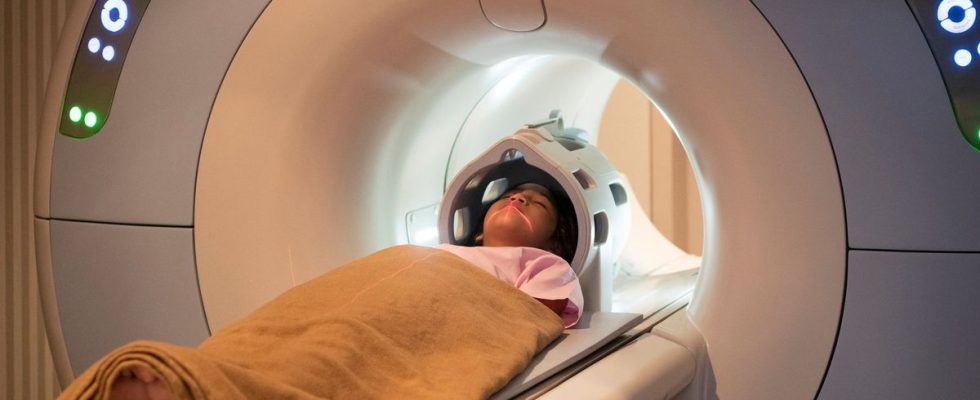Published on
Updated
Reading 2 mins.
In China, a case of fetus in foetu, or parasitic twin, has recently been identified. A so-called “fetiform” mass was discovered in the brain of a 1-year-old girl suffering from motor problems. Fortunately, she was operated on.
It is an extremely rare case of fetus in fetus, also called parasitic twin, which has just been revealed in China. Because she had an enlarged head and problems with motor skills, a one-year-old girl was admitted to hospital in Shanghai. But during medical examinations, images of the child’s skull showed cerebral compression and fluid accumulation, due to a large growth of a mass in his brain.
A fetus in the brain
A surgical ablation was therefore programmed… It was she who revealed the rare case: the mass was an intraventricular fetus in fetus, that is to say a fetus, which had not been able to develop. In other words, it was the child’s unborn twin that was captured inside his skull. The embryo thus locked in its twin would not have been able to develop properly, but would have survived for some time thanks to the blood supply of its twin. Surprisingly here, the “feti-like” mass had developed upper limbs and finger buds.
The fetus in fetus, an astonishing phenomenon
If they are regularly mentioned in the medical press for their unusual side, the cases of parasitic twins concern on average only one birth out of 500,000, but the fetal mass found is much more often located inside the body of a person, not in his brain. To date, such situations are thought to occur at the very beginning of a biamniotic monochorionic twin pregnancy, i.e. with only one placenta but two amniotic sacs, when the clump of dividing cells from a fertilized egg, does not separate properly. One of the early embryos then finds itself “absorbed” by the other.
The Chinese case does not mention the condition of the little girl after her heavy intervention, but she could possibly continue a completely normal life. In 1982, scientists in London reported the presence of a fetus 14 centimeters long in a 6-week-old child with an enlarged head. Following its ablation, the very young patient recovered well.
